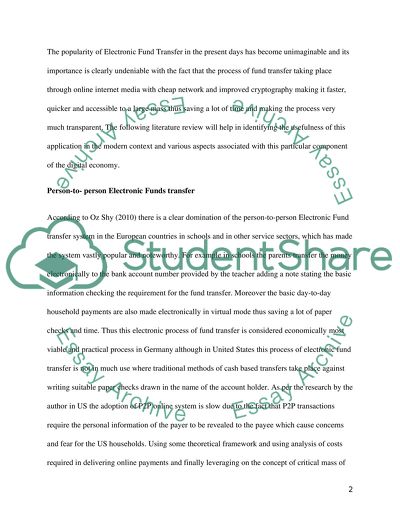Cite this document
(“Digital Economy Essay Example | Topics and Well Written Essays - 3250 words”, n.d.)
Retrieved from https://studentshare.org/environmental-studies/1419467-digital-economy
Retrieved from https://studentshare.org/environmental-studies/1419467-digital-economy
(Digital Economy Essay Example | Topics and Well Written Essays - 3250 Words)
https://studentshare.org/environmental-studies/1419467-digital-economy.
https://studentshare.org/environmental-studies/1419467-digital-economy.
“Digital Economy Essay Example | Topics and Well Written Essays - 3250 Words”, n.d. https://studentshare.org/environmental-studies/1419467-digital-economy.


